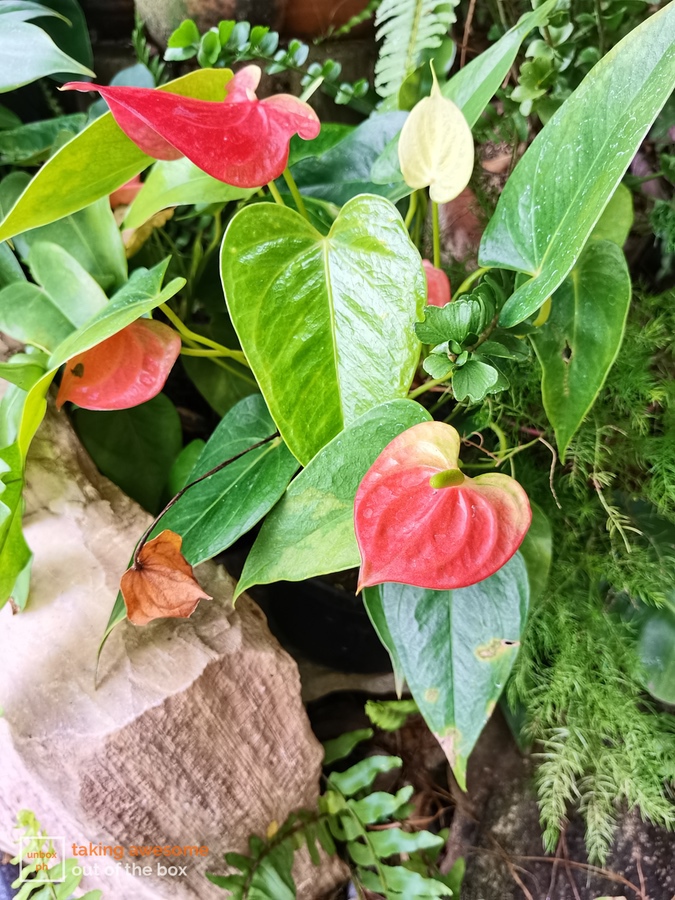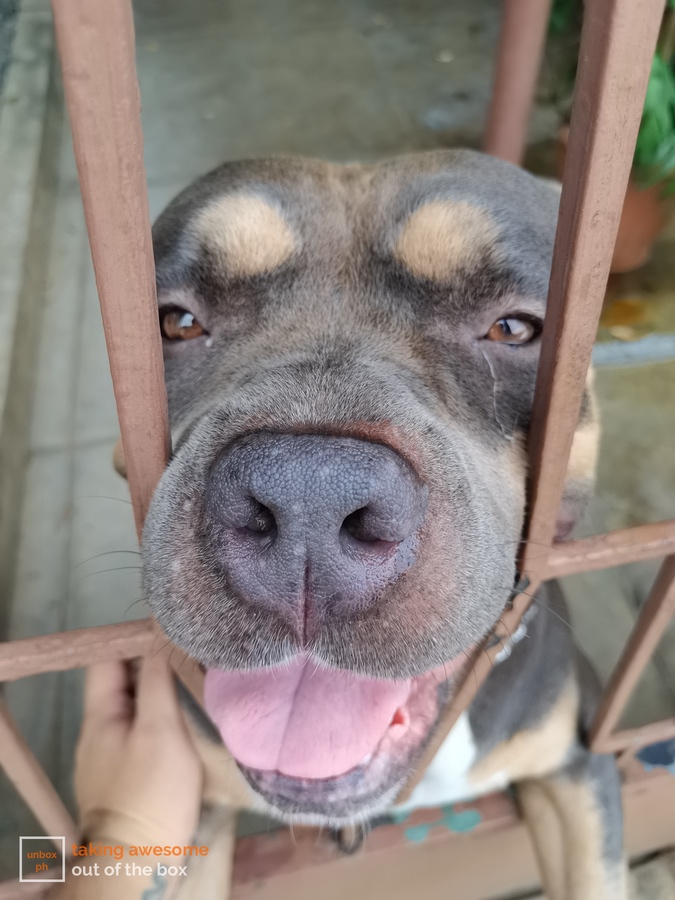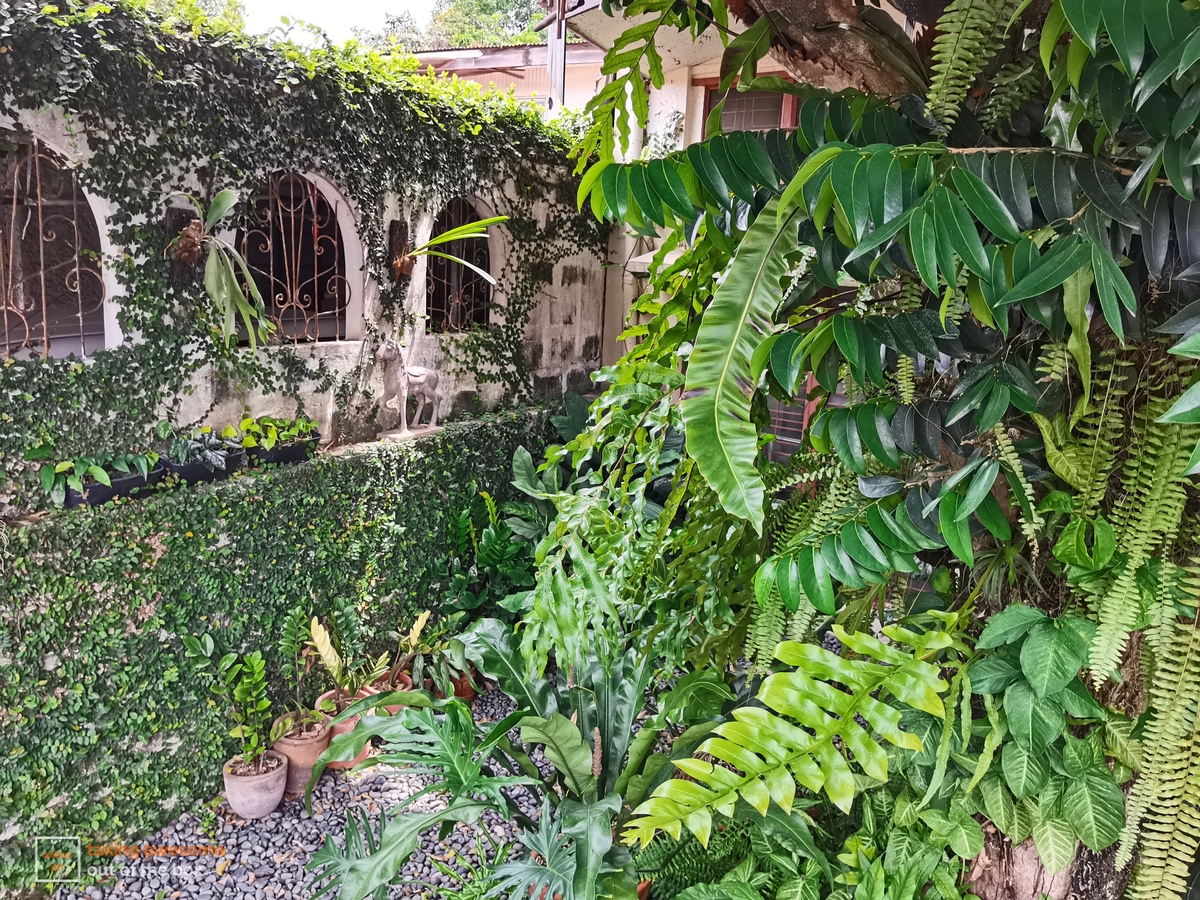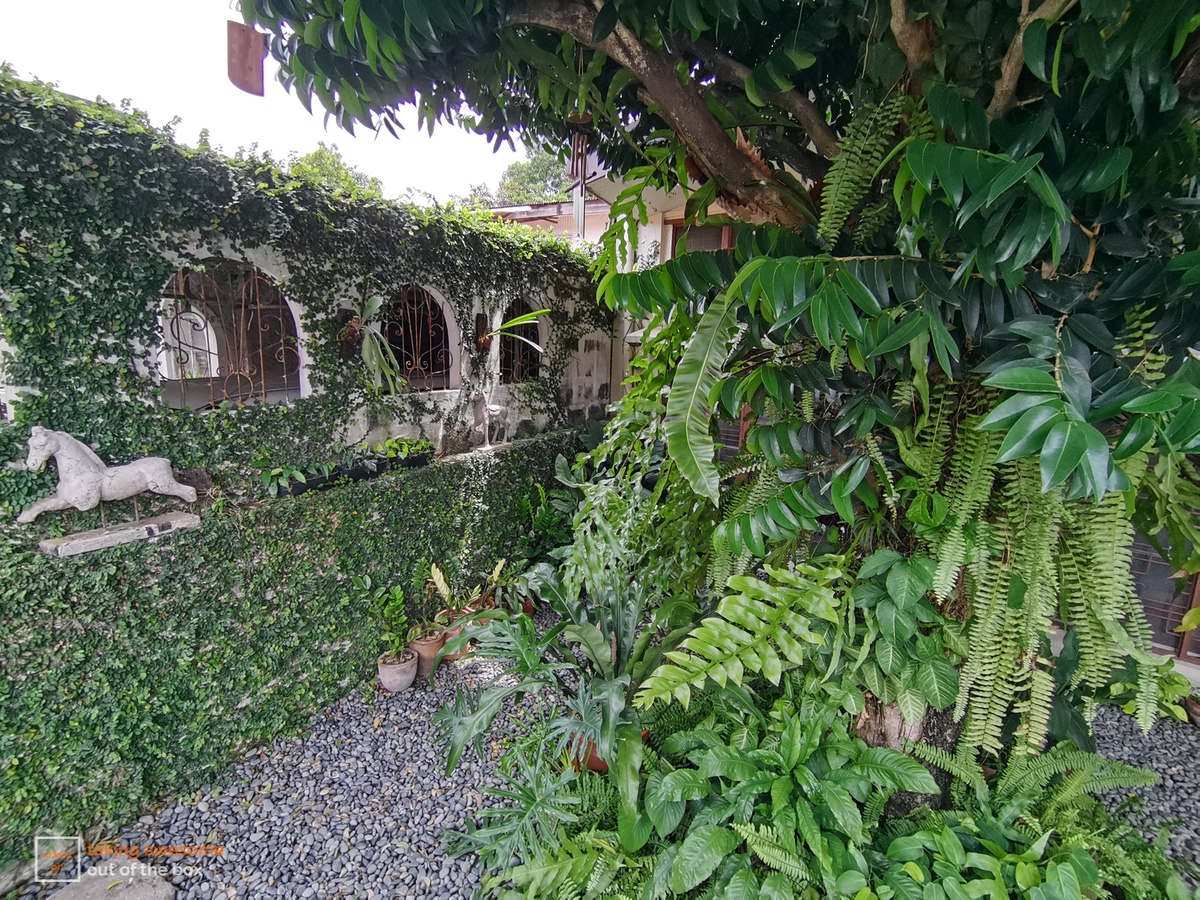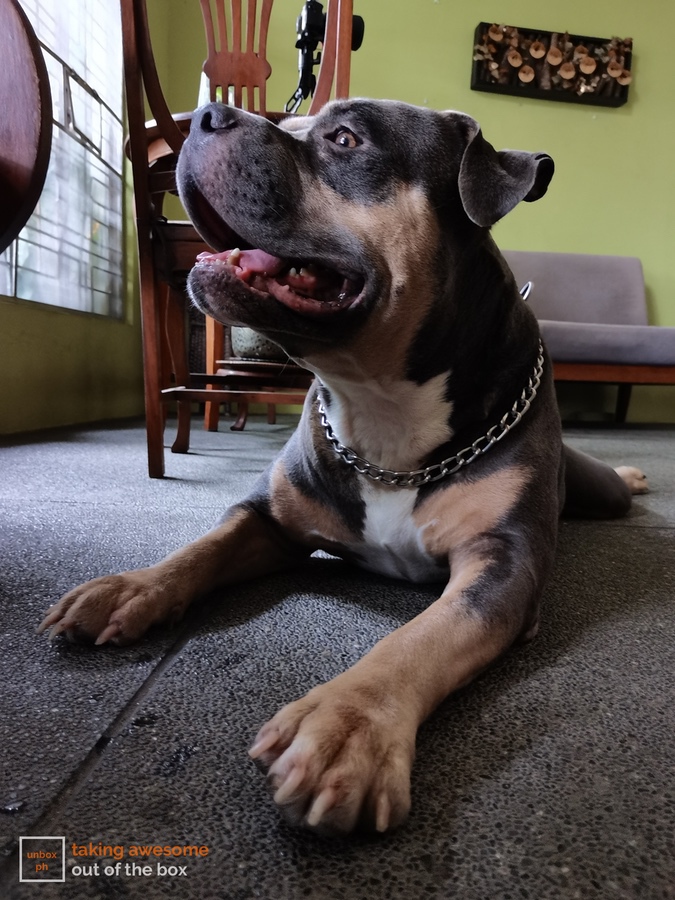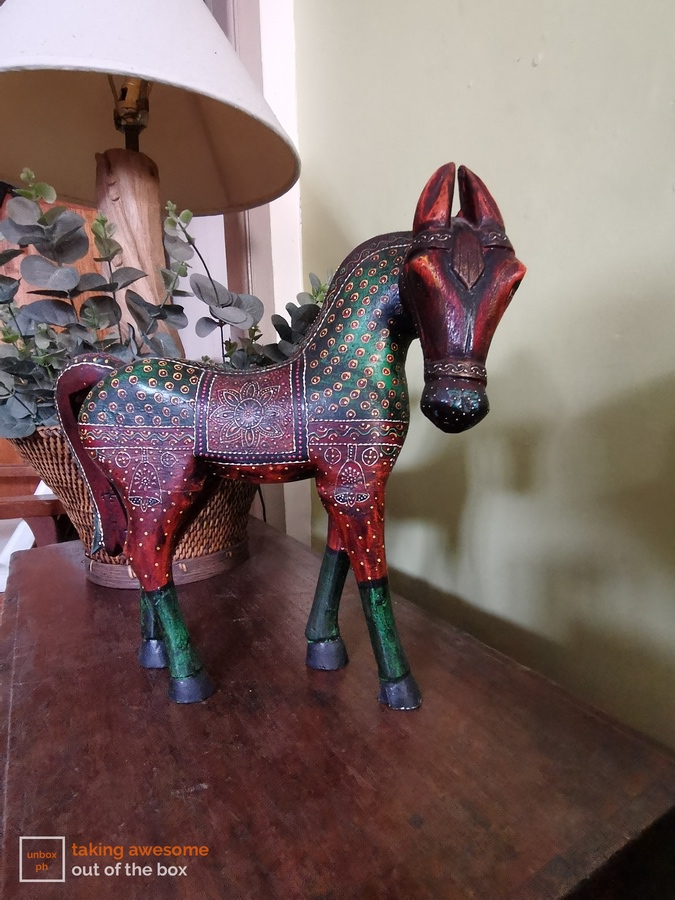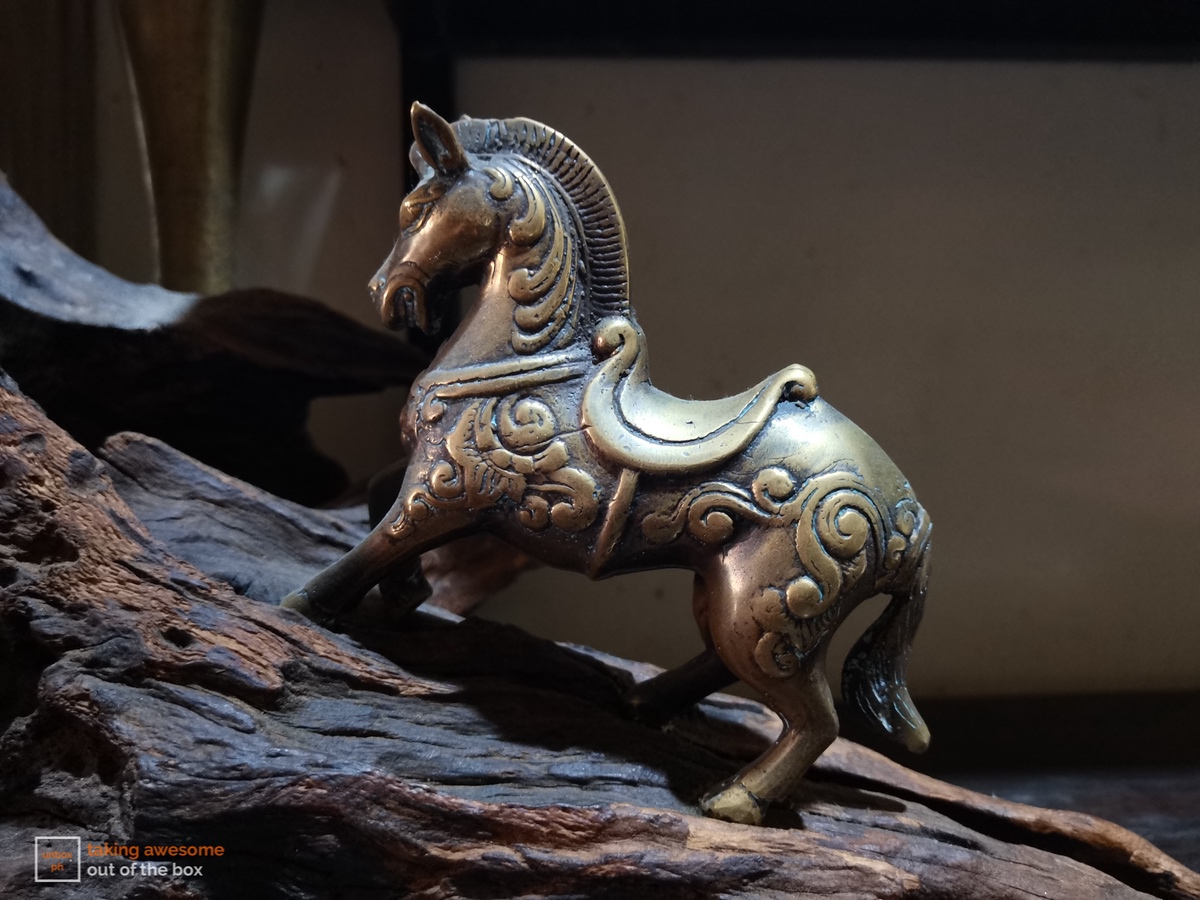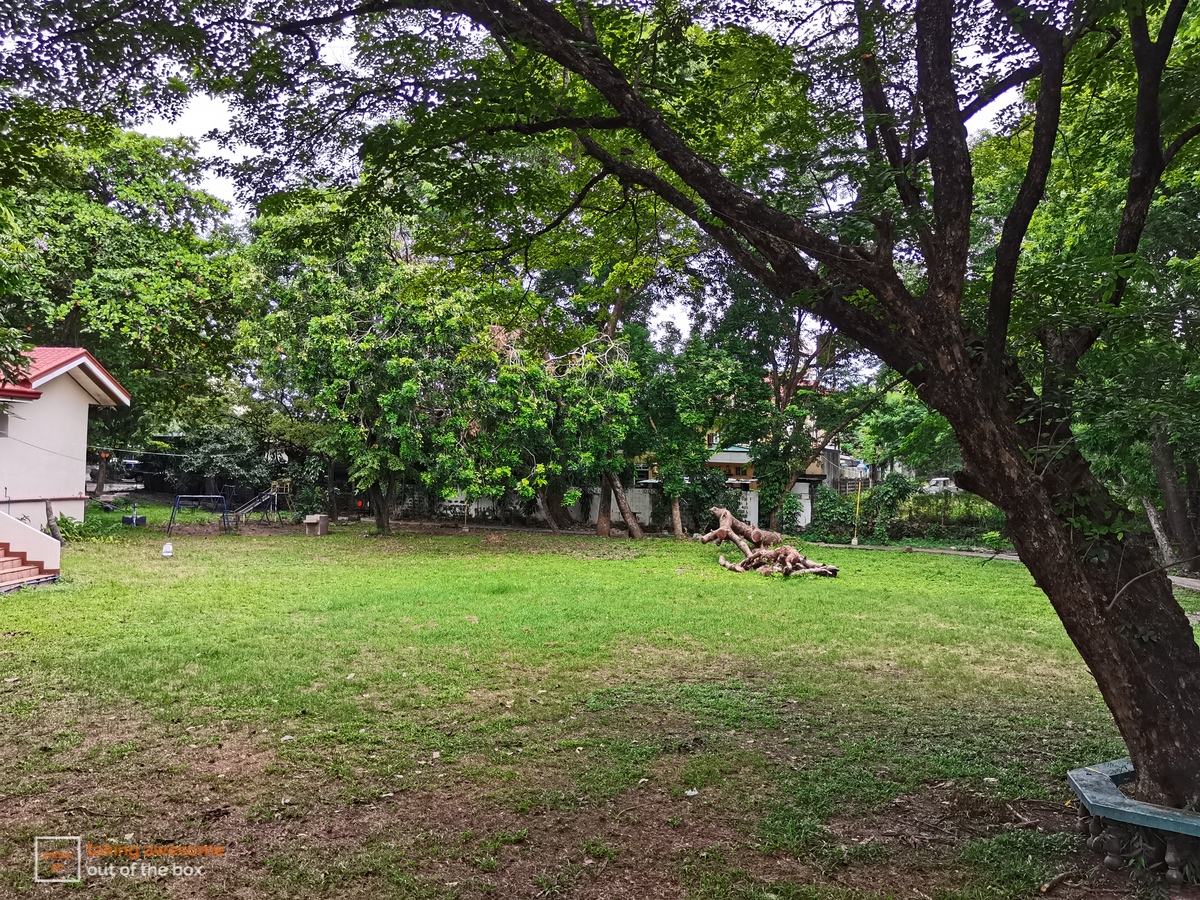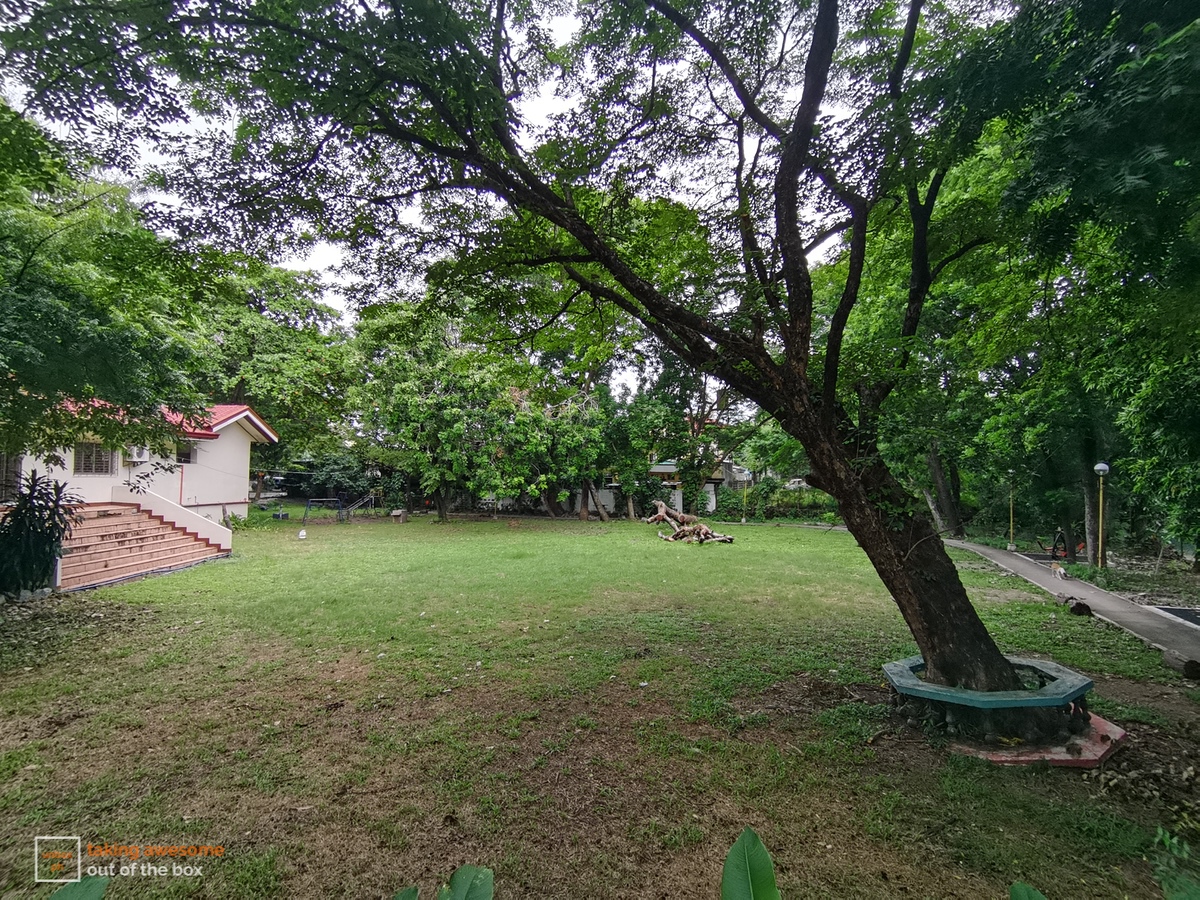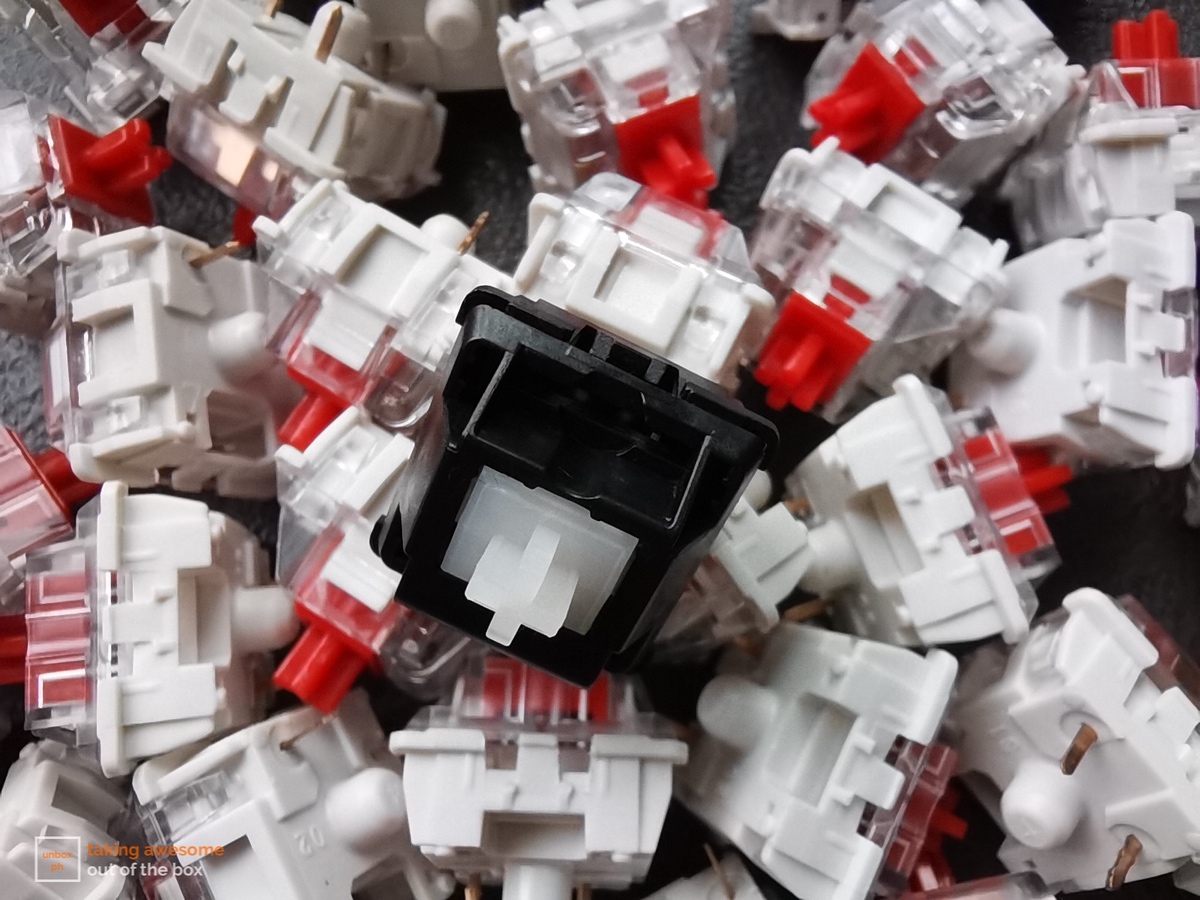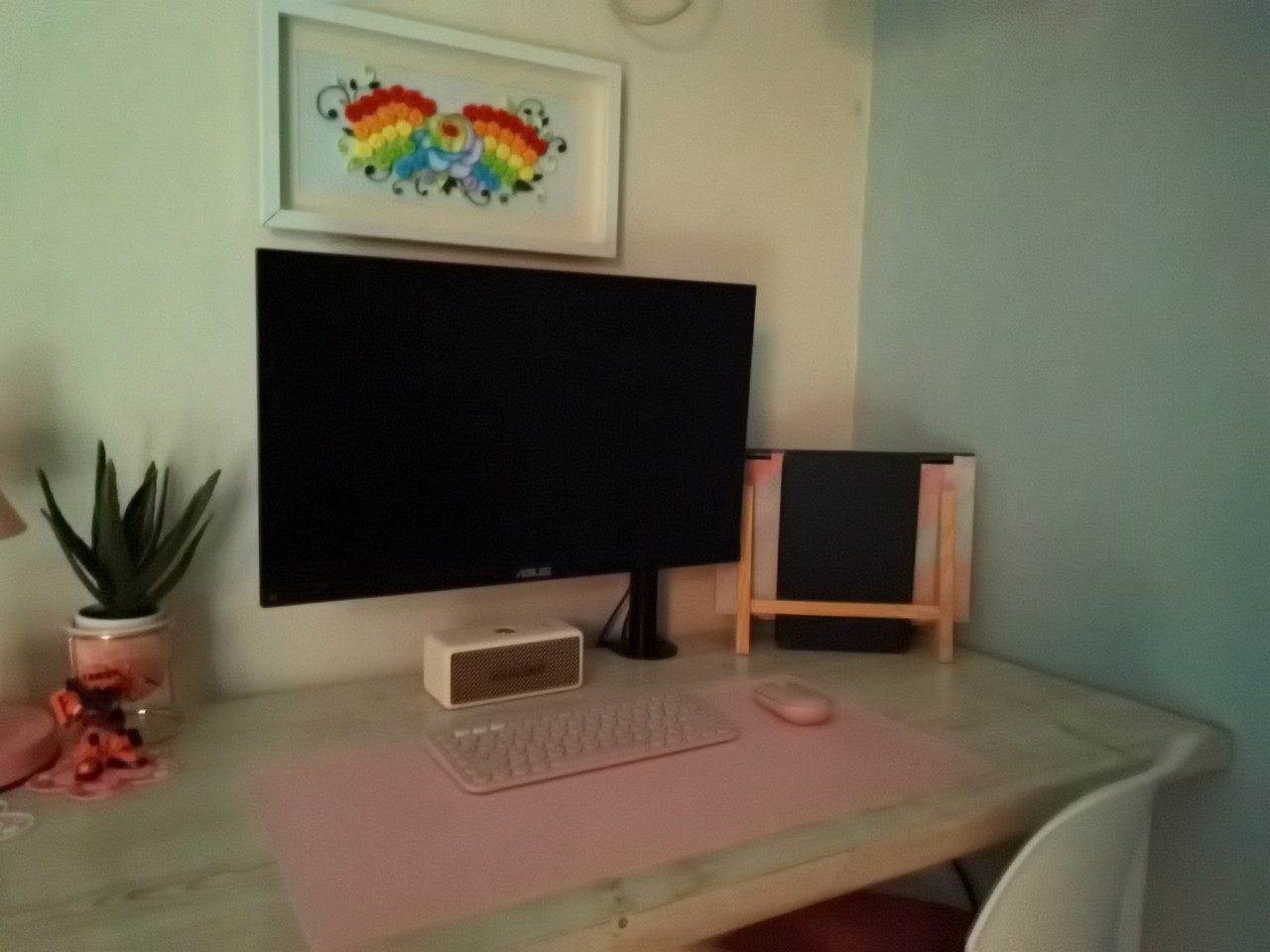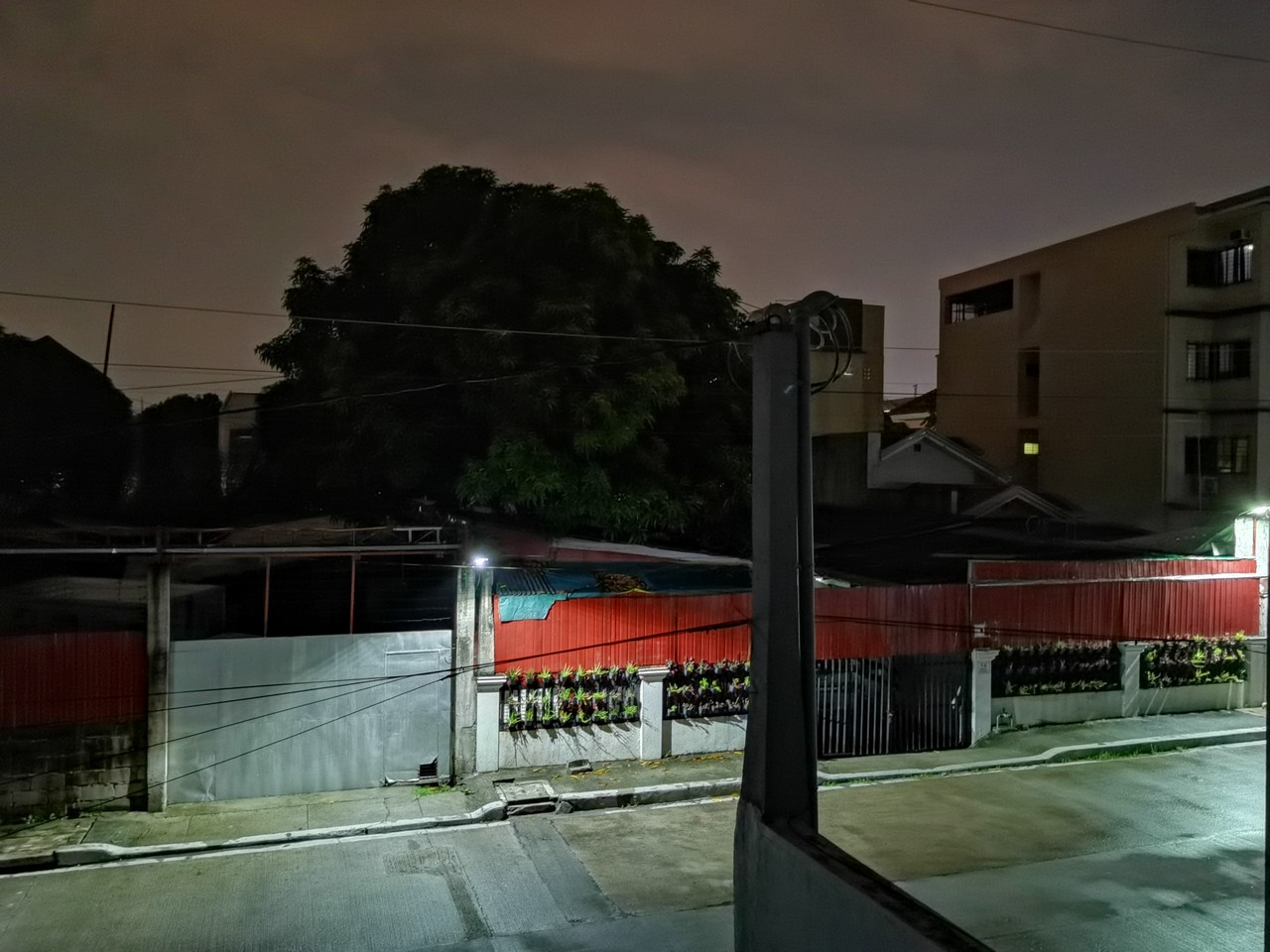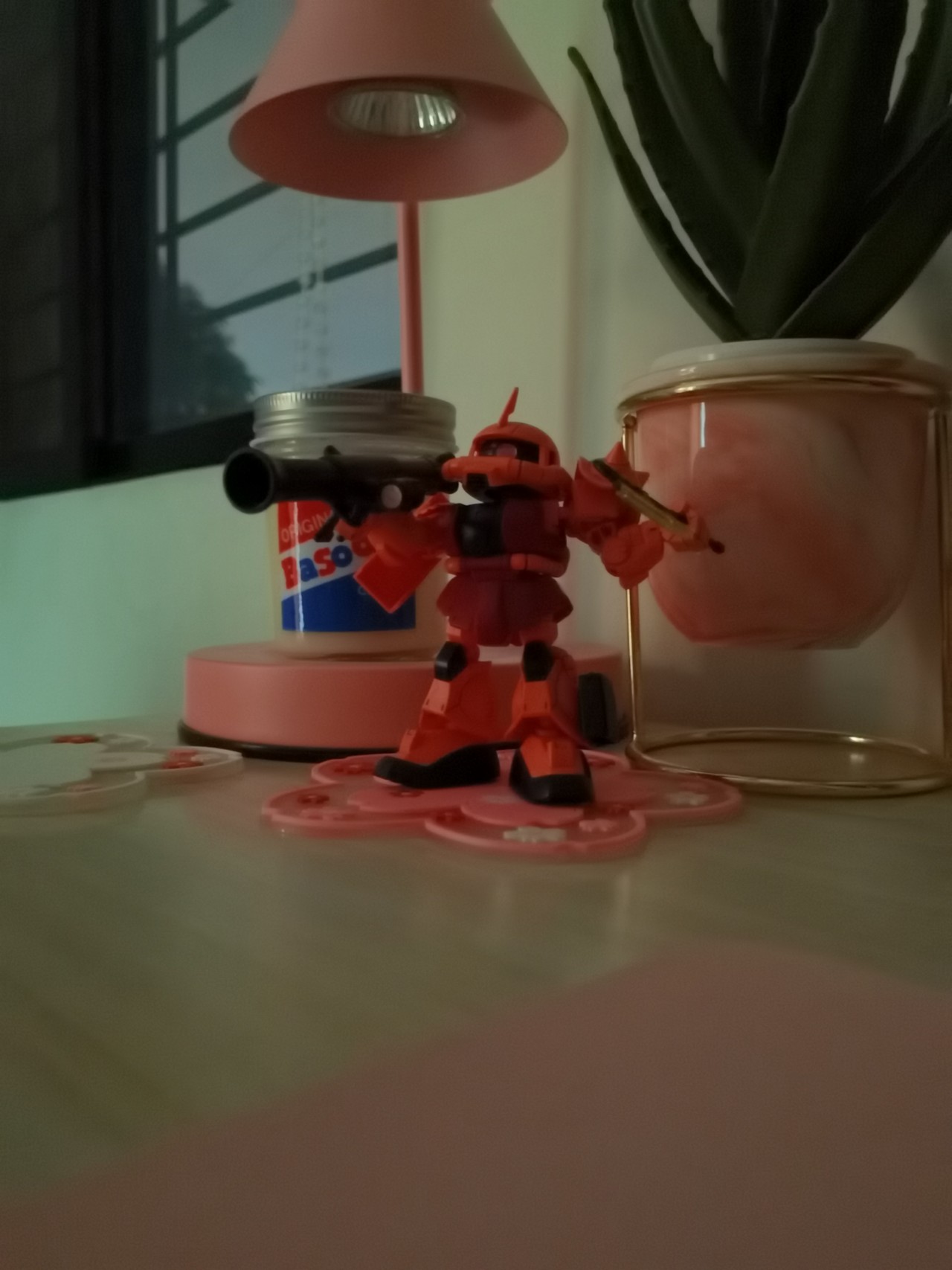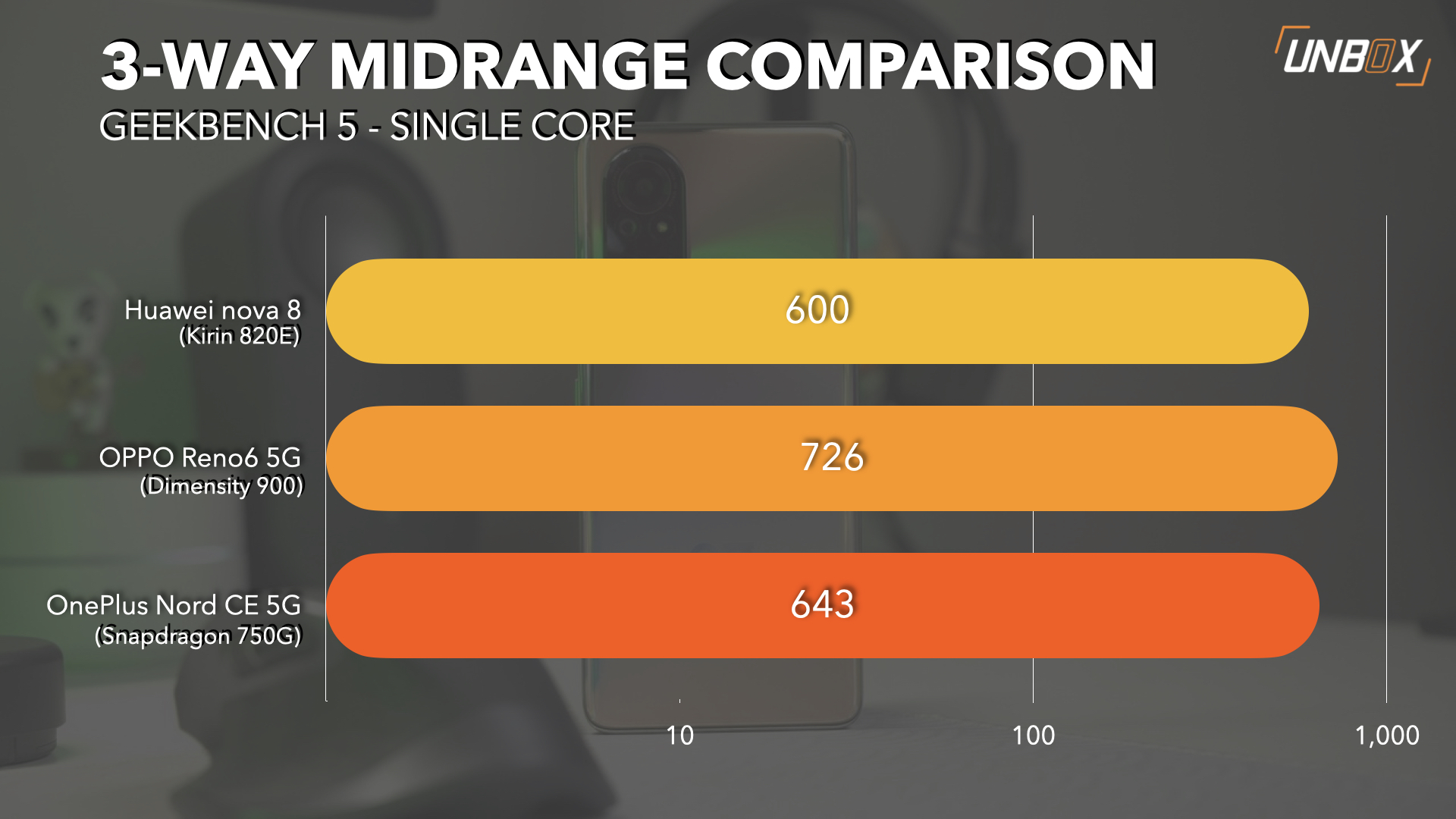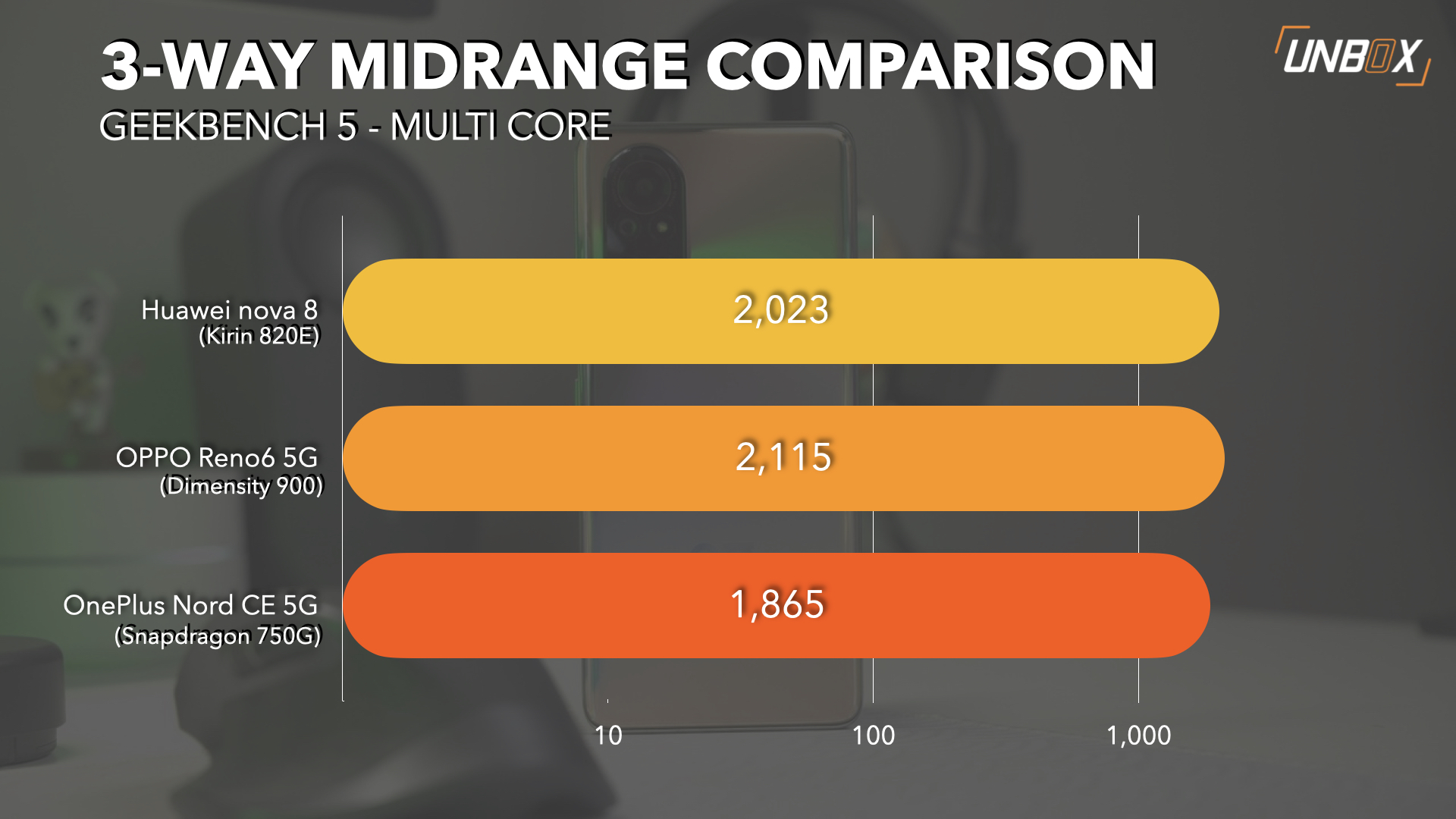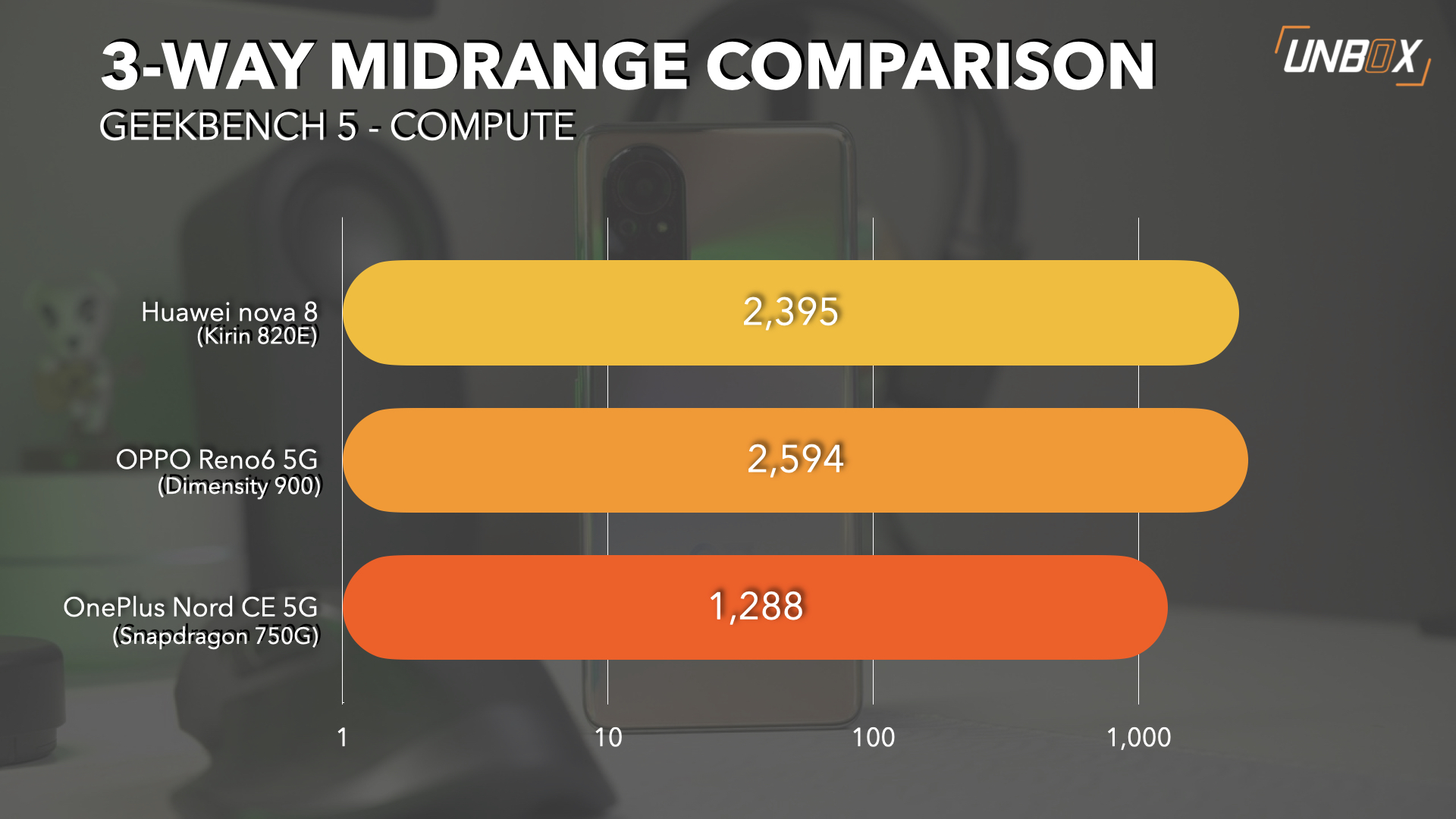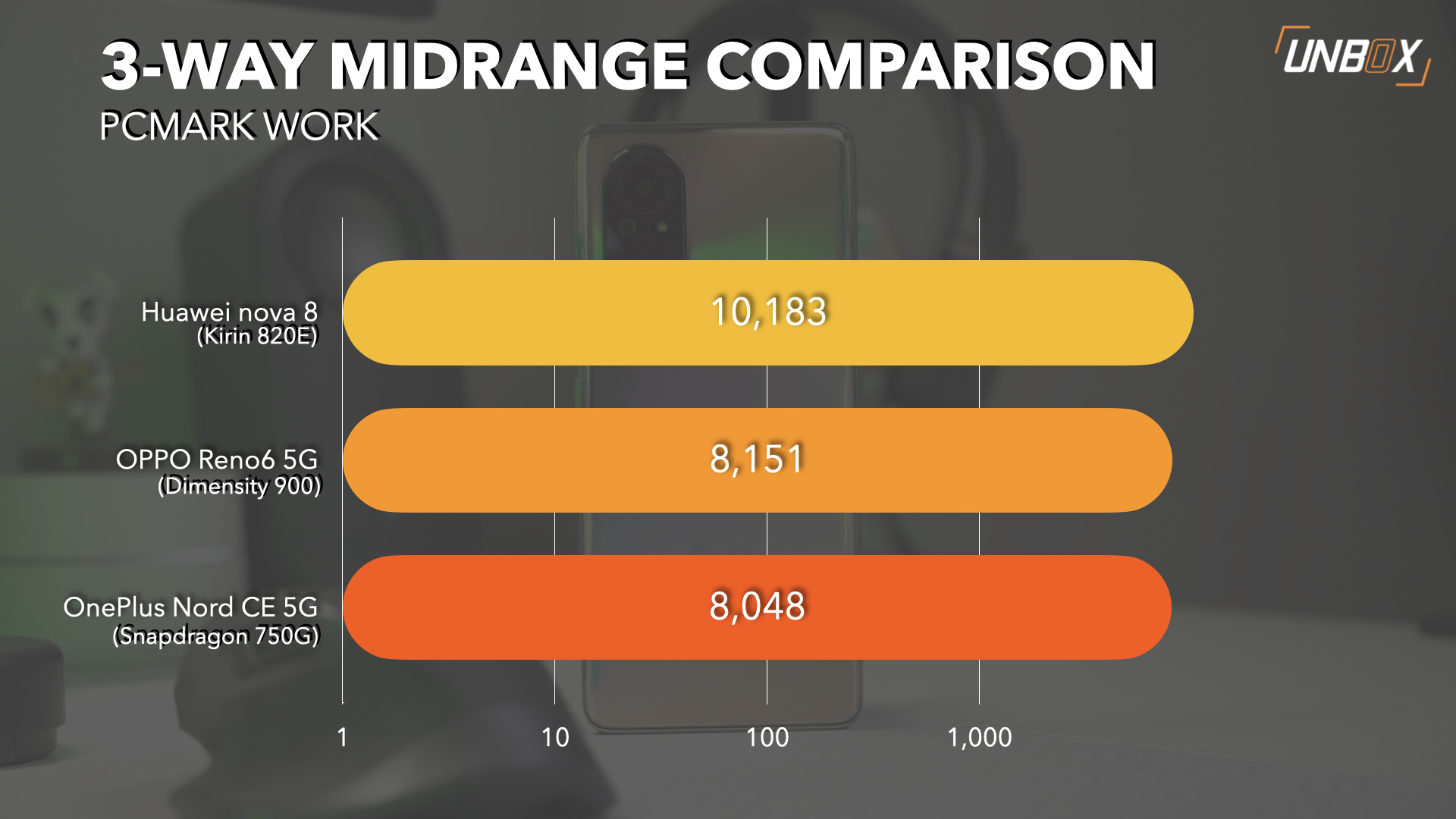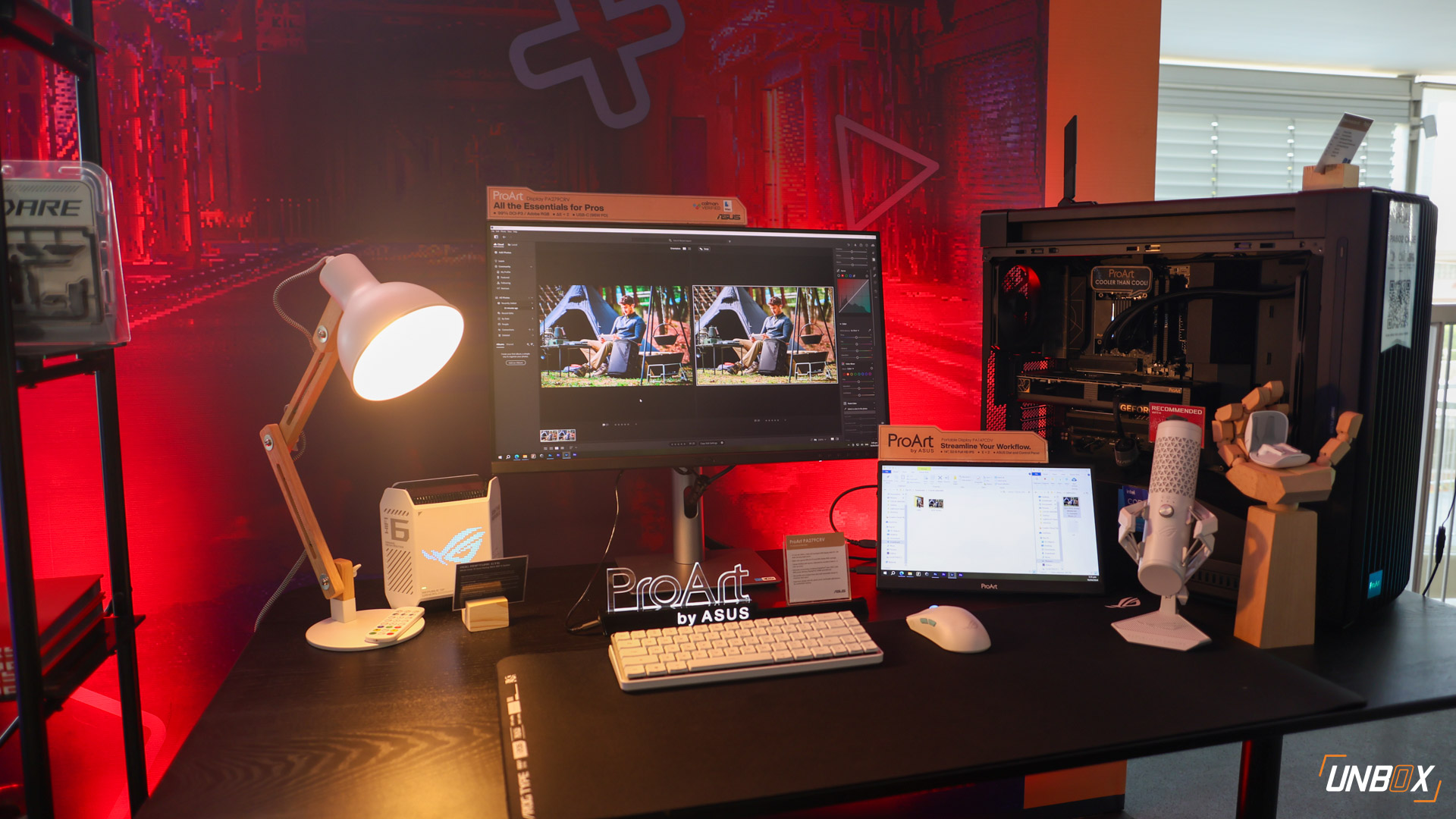Review verdict: The Huawei nova 8 looks amazing and takes great photos, though it’s quite a bit pricier than similarly-spec’d phones in the Philippines.
Pros
- Large sensor size on the main camera
- Excellent design
- Great-looking display
- 66W SuperCharge tech
Cons
- Price is at the mid-range threshold
- Sourcing apps might be a problem
- Small-ish battery
Huawei Nova 8 Philippines Specs:
- Kirin 820E processor
- 8GB RAM
- 128GB storage
- 6.57-inch Full HD+ curved OLED display, 10-bit color, 90hz refresh rate
- 64-megapixel f/1.9 main camera with PDAF, 8-megapixel f/2.4 ultra-wide-angle camera, 2-megapixel f/2.4 depth sensor, 2-megapixel f/2.4 macro camera
- 32-megapixel f/2.0 selfie camera
- 4G, LTE
- WiFi, Bluetooth 5.1, NFC
- In-display fingerprint scanner
- 3800mAh battery
- 66w charging
- HarmonyOS
While most people like to sleep on Huawei these past few months, the brand still has excellent phones in its stable. Their premium, mid-range focused nova 8 is one of them, and there’s still plenty to like even if the phone comes with the same caveats that other Huawei phones do.
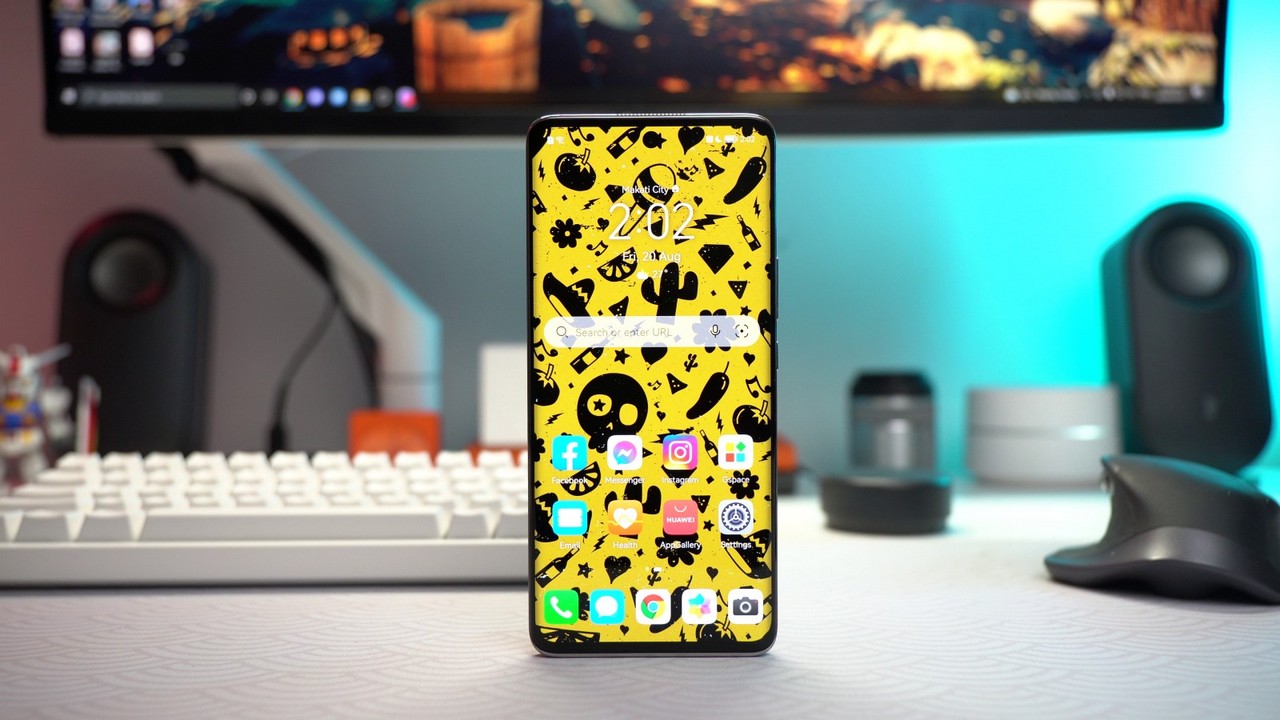
Design
Huawei has pretty much mastered the art of making beautiful, stylish mid-range phones, and the nova 8 is no exception to this. The phone’s overall build quality and design make it feel more like a flagship hone rather than a premium mid-range device.
The phone is relatively skinny for today’s standards at just 7.64mm, though that comes at the expense of a slightly smaller battery because of the phone’s svelte dimensions.
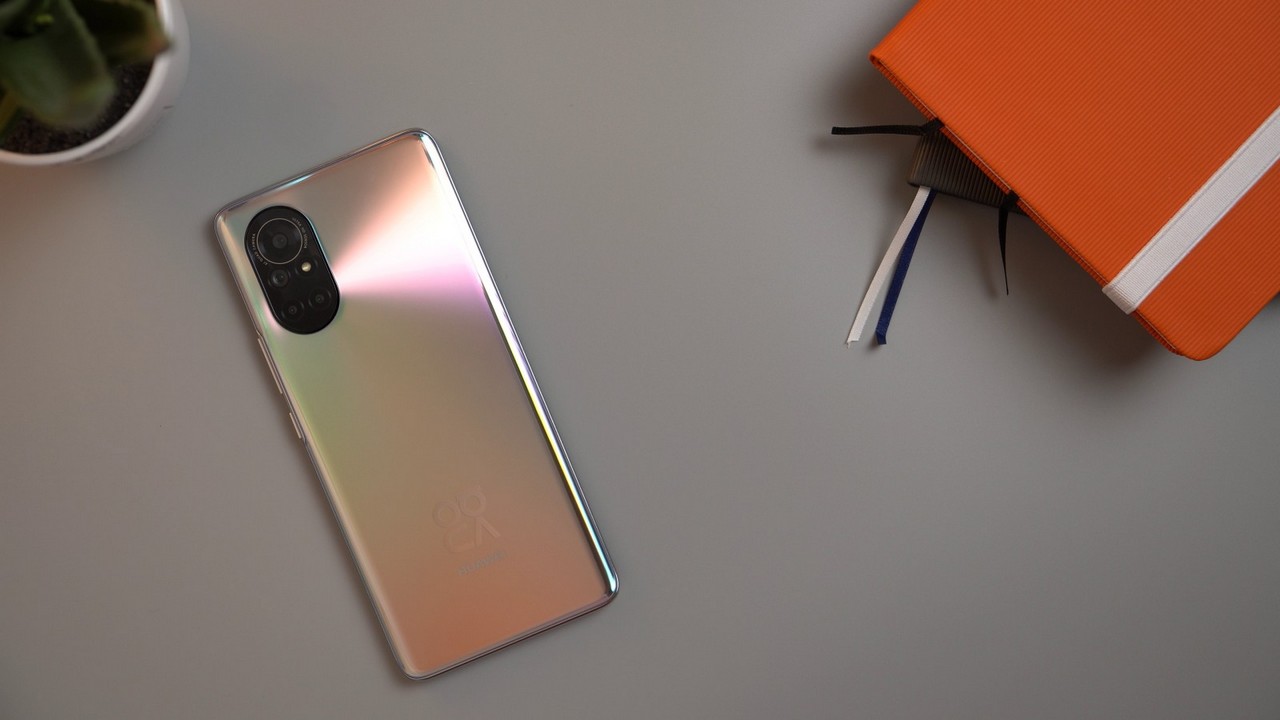
Our review unit came in Blush gold, which Huawei claims underwent a dual-film, dual-plating process that’s also been treated with an anti-glare coating. The result is a really handsome-looking device that we can’t stop staring at – it’s certainly one of the few phones that we’ve handled this year that we didn’t want to put a silicone case on.
As with most premium designs, the nova 8 doesn’t get a 3.5mm jack, so you’re left to contend with a USB Type-C adapter or a Bluetooth headset if you want to listen to music in peace.
The frame of the nova 8 is a little thinner on the side because of the requirements of the curved display, and there’s no side-mounted fingerprint scanner here either since the biometric duties are handled by the phone’s panel.
The camera module makes it look a little like Huawei’s still unreleased (at least in the Philippines) P50, containing the four cameras that make up the phone’s main imaging suite.
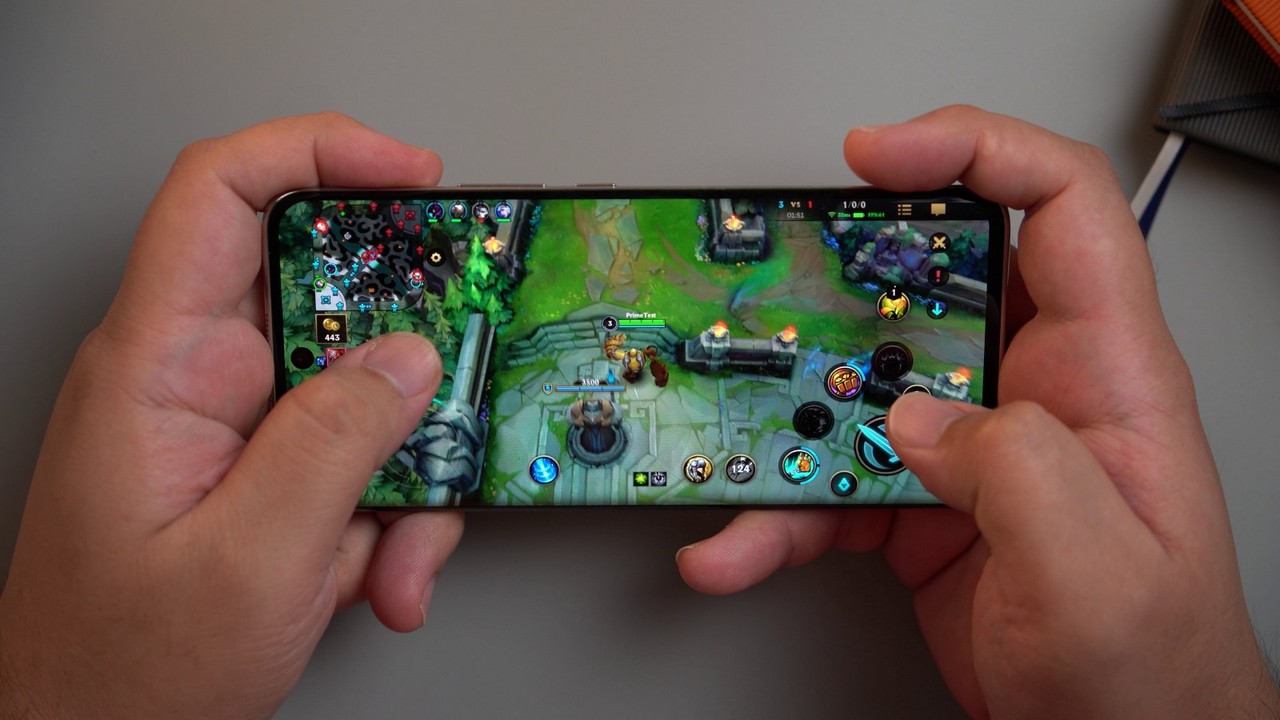
Display
One of the main highlights of the nova 8 is the 6.57-inch full HD+ OLED display that has a 90Hz refresh rate. It’s a curved panel, with the display running directly down to the side of the frame.
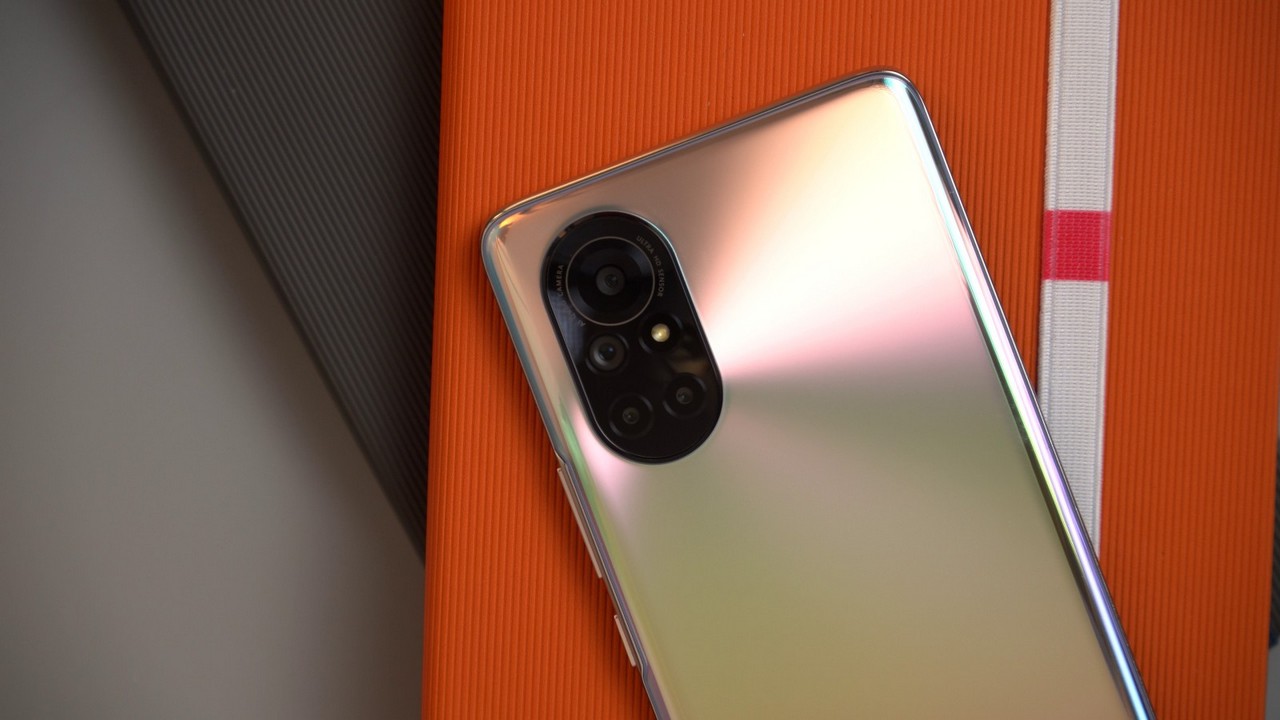
The display is very bright, has excellent color reproduction (Huawei advertises it to have a Delta E value of less than 1) and has HDR capabilities, along with a quick, 240Hz touch sampling rate and a 10-bit color depth.
Watching content on the panel is a treat, thanks to its excellent color reproduction, black and contrast levels. The panel is also easily viewable even under direct sunlight as it is extremely bright.
Cameras
Like we mentioned earlier, the nova 8 has 4 cameras on the rear, though only two are actually useful. The other two are mostly stat stuffers, which is not surprising but still mildly disappointing.
Anyway, the main camera is a 64-megapixel deal that has a larger than average 1/1.56-inch sensor, paired with an f/1.9 aperture lens and PDAF. There’s also an 8-megapixel ultra-wide camera here that has an f/2.4 aperture lens and a 120-degree FOV.
The two other cameras are 2-megapixel units, with one being depth and one macro.
In any case, the photos taken by the main shooter look very good, with plenty of detail in the shots.
Low-light performance is a different story though. With minimal lighting photos look a little grainy, with a lot of noise in very low light shots.
Selfies are what you’d expect – clear and plenty of detail thanks to the 32-megapixel f/2.0 selfie camera.
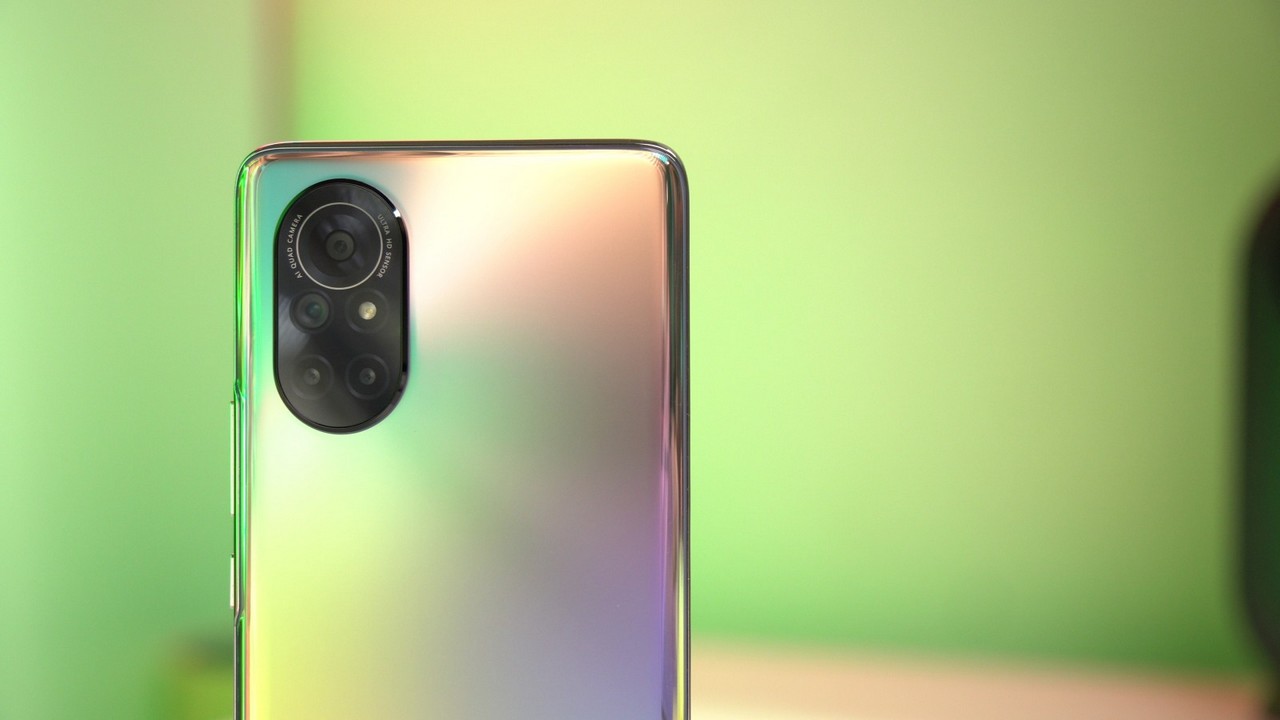
Performance, battery, and software
Interestingly enough Huawei didn’t arm the nova 8 that they provided to us for review in the Philippines with the same Kirin 985 chipset that showed up in the Chinese variant. Instead, Philippine customers get a Kirin 820E processor, which is composed of a 3x Cortex-A76 at 2.22 GHz and 3x Cortex-A55 at 1.84 GHz which is paired to a Mali-G57 GPU.
Performance from the Kirin 820E chipset is what you’d expect from a mid-range device, performing at the same level as MediaTek’s Dimensity 900 chipset, according to our benchmarks.
The nova 8 is the first phone we’ve encountered that uses Huawei’s new OS, HarmonyOS. Huawei contends it’s a brand new operating system that’s not based on Android, but it’s been made in a way that it can use Android apps, and leans on Huawei’s existing AppGallery app store (as well as Petal Search) to use Android-based apps.
Anyone that’s used a Huawei phone before (or any device that has EMUI on it) will feel right at home with the nova 8. Huawei’s focus with HarmonyOS and their new slew of devices is seamless integration, and anyone already invested in their ecosystem or are thinking of jumping to it will find that the nova 8 plays neatly with Huawei’s other products, be it laptops, tablets, wearables, and monitors.
Because of the phone’s svelte frame, Huawei was only able to stuff a 3,800mAh battery in the nova 8. That’s significantly below the 5000mAh standard we’ve been seeing on phones lately, and overall battery life suffers as a result. The phone recorded a 10 hour and 7 minutes run time on PCMark’s battery benchmark, which isn’t bad in itself but isn’t stellar either.
Huawei tries to make up for that with 66W SuperCharge capability, though personally, we’d prefer if we got a bigger battery at the expense of slower charging.
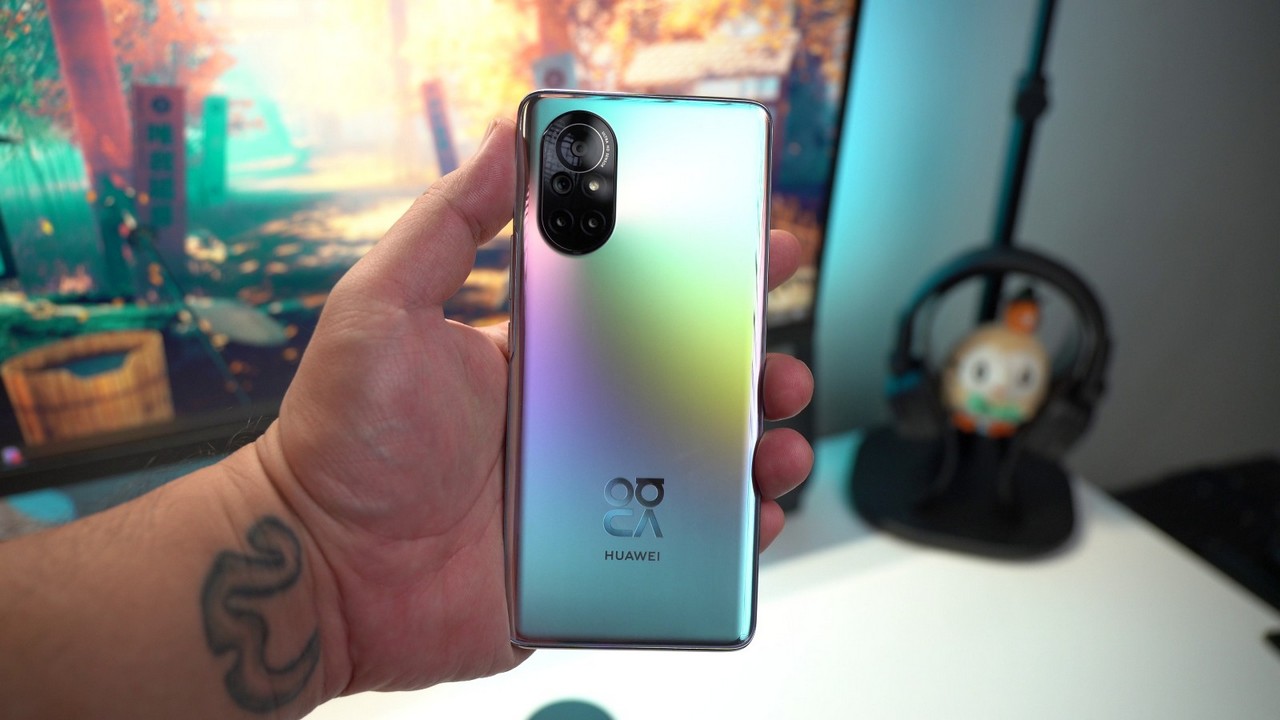
Wrap-up and verdict:
Our Huawei nova 8 review makes it clear that the brand’s latest device is for people who want a premium flagship experience in the Philippines but don’t want to pay top peso for it. The phone’s design, curved screen, and pretty display give you that experience, though you’re paying quite a bit more compared to the offerings of its competitors like Xiaomi.
Huawei nova 8 Price Philippines
The Huawei nova 8 is priced at Php 19,699. It’s available to buy on on Shopee, Lazada, and Huawei’s own site.




